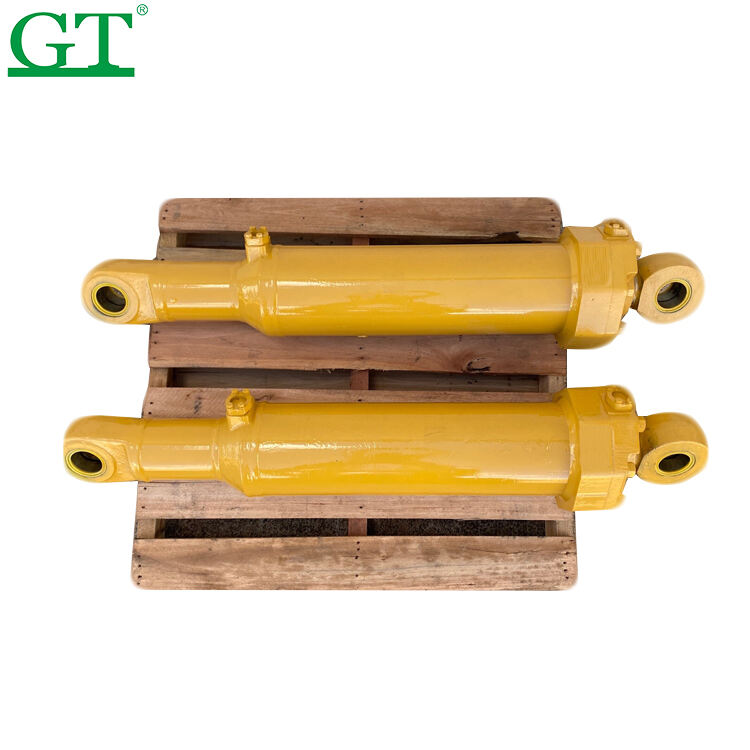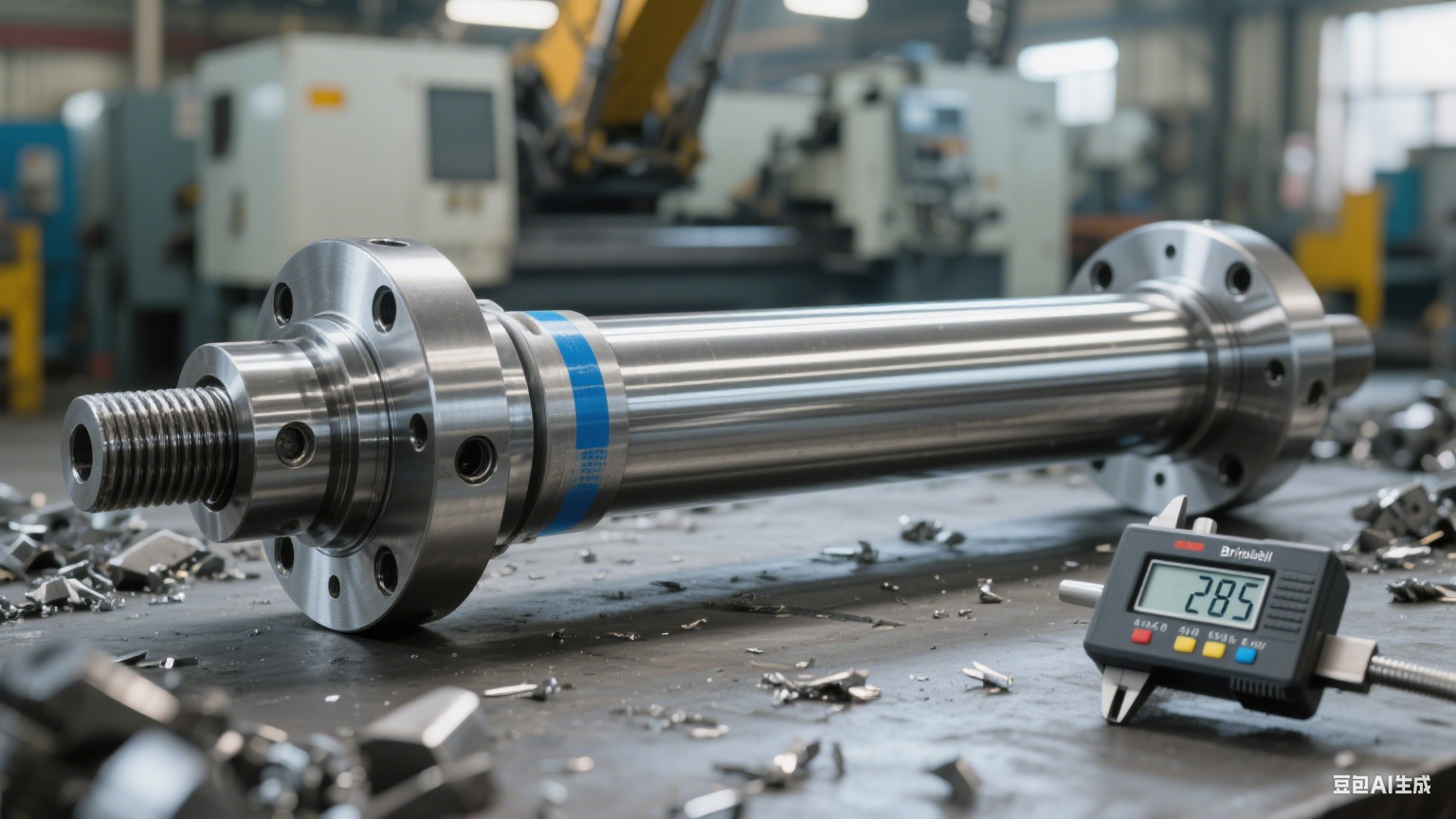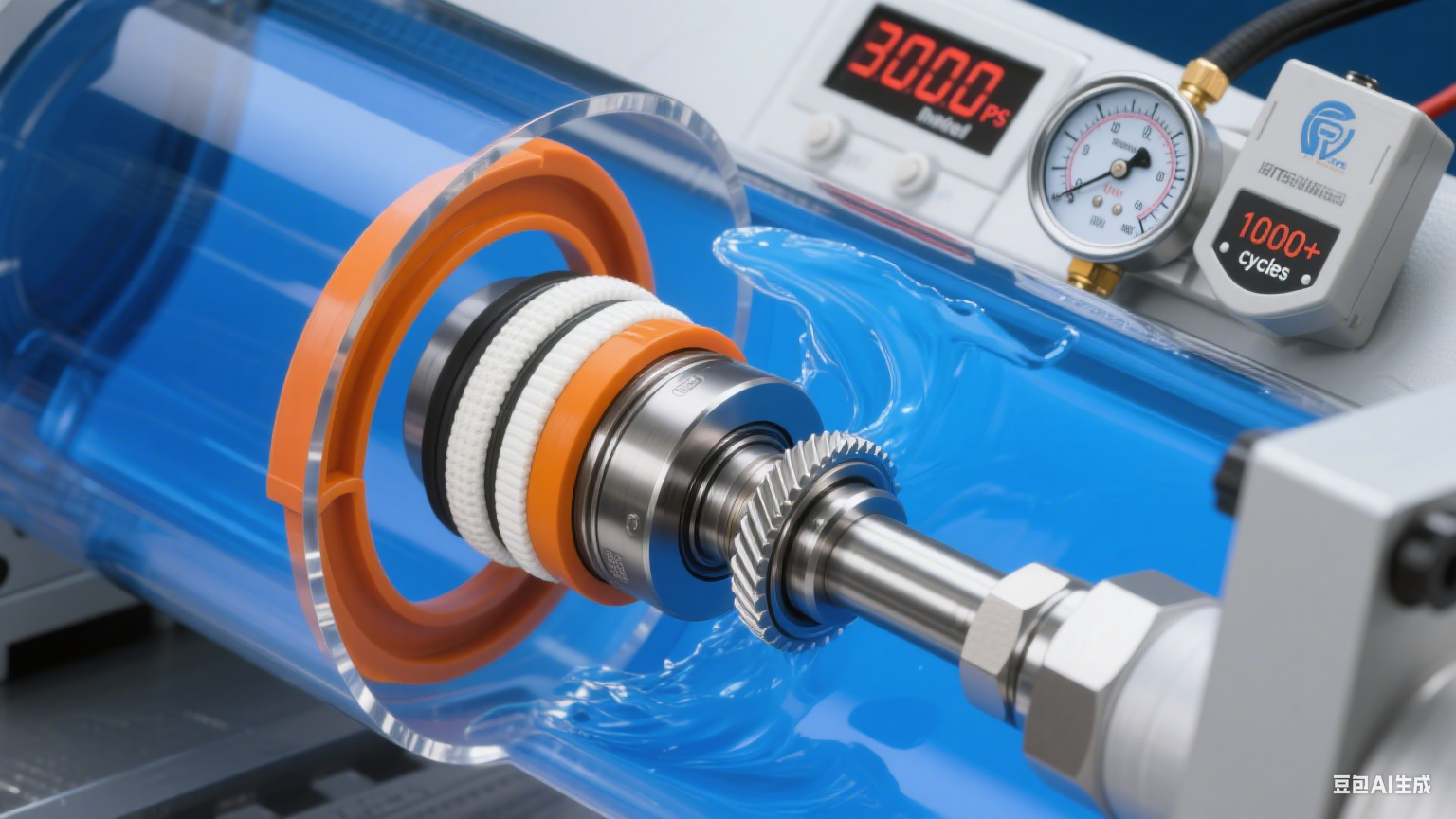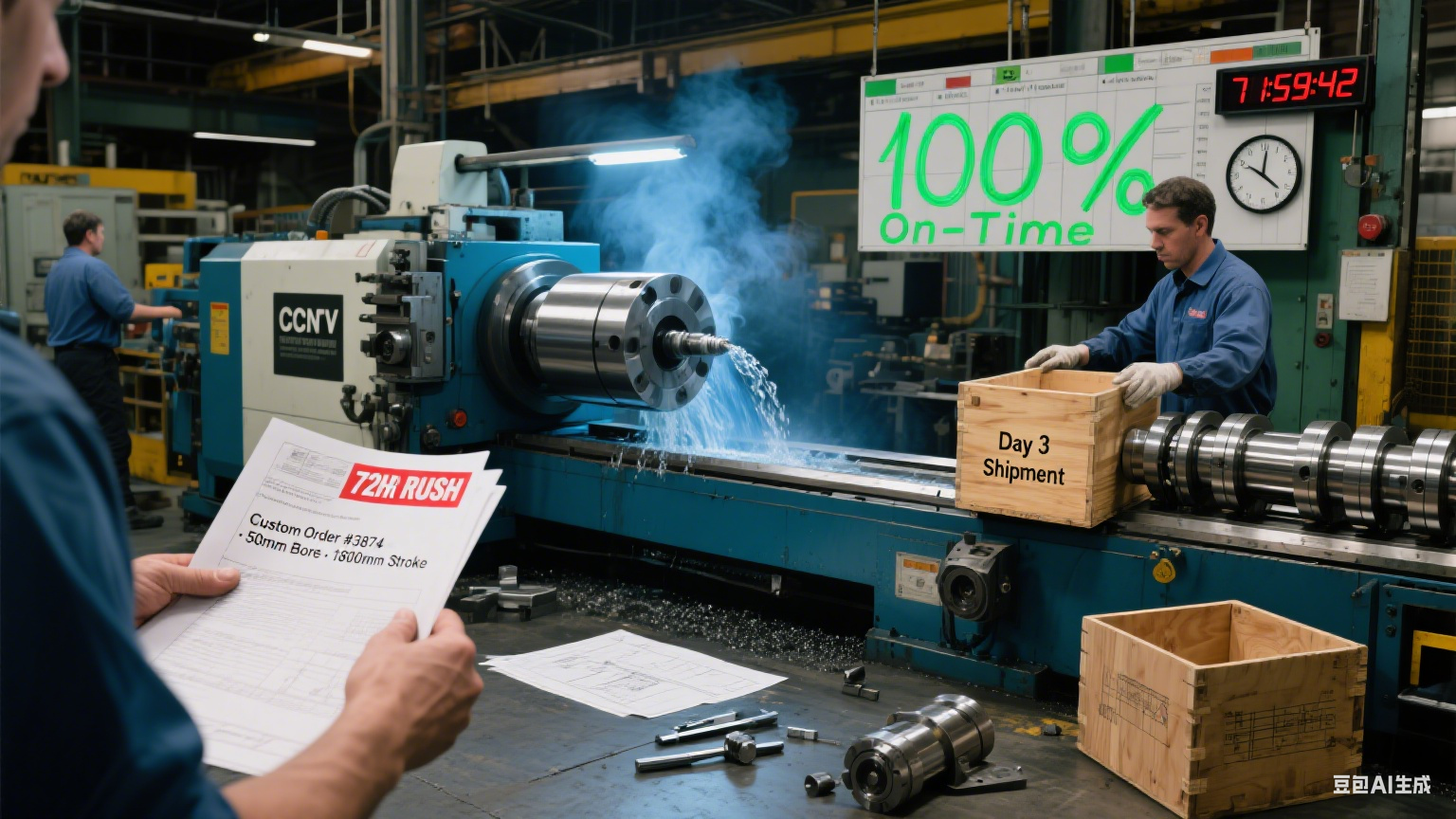#704, Númer 2362, Fangzhong gata, Xiamen, Fujian, Króatía, 361009 +86-13860439542 [email protected]

Úrhyggjastængurinn á véllyftara er hydraulískur framkallari sem stýrir hreyfingu lóðréttar úrhyggjuarmsins (eða úrhyggjunnar). Úrhyggjan er aðalarmurinn til að lyfta, grafa og skella efni. Úrhyggjastængurinn tekur við hydraulískri þrýstingi og myndar mikla lárétt hreyfingu sem gerir vélstjóranum kleift að hækka eða lækka úrhyggjuna á stýrðan hátt, sem einn stængur með stokk (festur við úrhyggjuna) og lokuðum hydraulískum herbergi (sem inniheldur hydraulíkolíu). Eiginleikar byggingar-, málningar- eða brjótunarvinnu þýða að úrhyggjastængurinn á véllyftara verður að standa fyrir mikið þyngdarafköst og mjög slípandi aðstæður. Venjulega eru byggingar-, málningar- og brjótunarvettvangar harðir umhverfishorn. Þess vegna eru úrhyggjastængur venjulega búin út með: stálbyggingu með hári styrkleiki, stokkum með khrómgler og þéttum sem eru motþætt við roða.
Hvernig á að nota úrhyggjastæng á véllyftara
Skoðun fyrir aðgerð
Áður en þú notar bjálkann, skoðaðu stigið á olíu í hálika kerfinu og athugaðu hvort það séu leka eða augljós skemmdir á bjálkanum. Vertu viss um að bjálkinn sé öruggur á jörðinni áður en þú hefst að nota bjálkann, því þú vilt ekki að hreyfing verði óvænt.
Kveiktu á hálika kerfinu
Ræstu vélina á vélinni og virkjaðu hálikapoktann . Notaðu stýriroddann eða stýristiku (oftast staðsettan á stýri borðinu) til að kveikja á bjálka kerfinu.
Lýstu bjálkanum
Togið stýriroddann aftur (upp á sumum vélamerkum) til að lengja stöngina inni í bjálkanum. Þegar þú togar stýriroddann aftur hefst bjálkinn að hækka á jafnan hátt. Hafðu hugann á því sem er verið að lyfta og ekki lengja of mikið.
Lækkurðu bjálkanum
Ýta á handstýrið áfram (niður í sumum vélagerðum af frætum) til að draga stöngina inn – þetta lækkar áhögann sléttur ef rétt gert er og gefur vélstjóranum kost á að stýra hraðanum sem ferðin á. Gakktu úr skugga um að enginn sé neðst undir áhögunum né hindranir.
Stöðva og halda stöðu
Þegar þú losar handstýrið kemur í gang læsiveitan fyrir olíuþrýsting, sem froskar áhöguna á þessum tíma. Þetta er mjög gagnlegt til að koma í veg fyrir óæskilega hreyfingu þegar þú gerir breytingar fyrir starfsemi.
Viðgerð eftir notkun
Þegar þú ert búinn með áhöguna, ef aðgerðahandbókin leyfir það, skaltu lækka áhöguna alla leið til að aflétta allan olíuþrýstinginn. Góð venja er einnig að hreinsa smáleys og rusl af sylindrum til að forðast að gæðaveitan fái skaða, og fyrir vélstjóra til að hafa það, mæli ég sérstaklega með því að taka fljótt sýn á sylindrum til að athuga hvort eitthvað olíuveri eða óvenjuleg nýting sé á honum.
Góð ráð:




